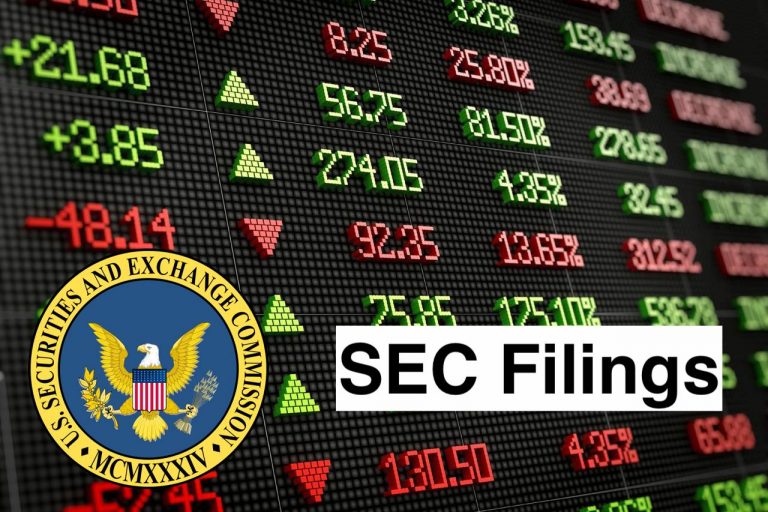
Lonestar Resources US Inc. (NASDAQ:LONE) Files An 8-K Entry into a Material Definitive Agreement
Item 1.01
Exit Facility Credit Agreement
On the Effective Date, the Company and Lonestar Resources America Inc. entered into a new first-out senior secured revolving credit facility with Citibank, N.A., as administrative agent, and the other lenders from time to time party thereto (the “Revolving Credit Facility”) and a second-out senior secured term loan credit facility (the “Term Loan Facility” and, together with the Revolving Credit Facility, the “Credit Facilities”) by amending and restating the company’s existing credit agreement (as so amended and restated, the “Amended and Restated Credit Agreement”). The Revolving Credit Facility provides for revolving loans in an aggregate amount of up to $225 million, subject to borrowing base capacity. Letters of credit will be available up to the lesser of (a) $2.5 million and (b) the aggregate unused amount of commitments under the Revolving Credit Facility then in effect. On the Effective Date, Lonestar Resources America Inc. will borrow $60 million in term loans under the Term Loan Facility. The Credit Facilities will mature on November 30, 2023. The term loans under the Term Loan Facility amortize on a quarterly basis in an amount equal to $5.0 million. Our obligations under the Credit Facilities will be guaranteed by all of the Company’s direct and indirect subsidiaries (subject to certain permitted exceptions) and will be secured by a lien on substantially all of the Company’s, Lonestar Resources America Inc.’s and the guarantors’ assets (subject to certain exceptions).
Borrowings and letters of credit under the Revolving Credit Facility will be limited by borrowing base calculations set forth therein. The initial borrowing base is $225 million, subject to redetermination. The borrowing base will be redetermined semiannually on or around May 1 and November 1 of each year, with one interim “wildcard” redetermination available between scheduled redeterminations. The first scheduled redetermination will be on or around February 1, 2021.
Borrowings under the Credit Facilities will bear interest at a floating rate at our option, which can be either an adjusted Eurodollar rate plus an applicable margin of 3.50% per annum or a base rate plus an applicable margin of 4.50% per annum.
Our Credit Facilities will contain customary covenants, including, but not limited to, restrictions on our ability and that of our subsidiaries to merge and consolidate with other companies, incur indebtedness, grant liens or security interests on assets, make acquisitions, loans, advances or investments, pay dividends, sell or otherwise transfer assets, or enter into transactions with affiliates.




